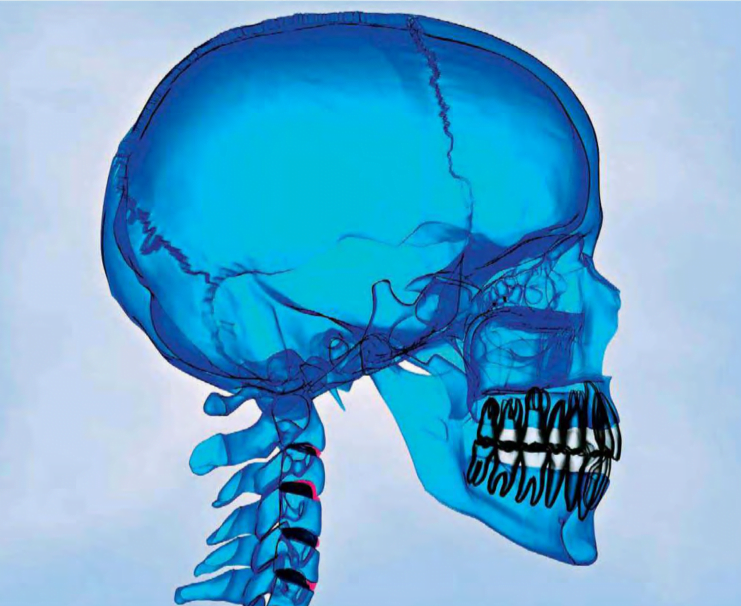ANATOMY [ DIFFERENT PARTS, DIFFERENT RESPONSIBILITIES ( THE AMAZING BRAIN ) ]
THE FIRST STEP to a better understanding of the brain is getting acquainted with its parts. From the protective structures on the outside to the hardworking parts on the inside – knowing where each structure is and how it interacts with the world gives greater insight into brain function and the problems that may arise.
PROTECTION
To take a tour of the human brain, begin with the crown of the skull, a collection of 22 bones that house the brain and protect it from harm. Except for the mandible (or jawbone), all of these bones are fused together and immovable. The topmost and rearmost bony parts form the cranium, the brain’s tough, protective shell.
Inside, three membranes present themselves to provide more layers of protection. Immediately underneath the skull is the dura mater, Latin for “hard mother.” The next layer, the arachnoid, overlays the brain’s network of crevices. Early observers likened it to the spun lace of a spider, giving it a name that means “cobweb.” The lowest of the three membranes, the pia mater (“tender mother”), is filled with tiny blood vessels. It embraces the brain surface like a mother cradling a child in her arms; every dip and rise in the brain matter is form-fitted by the pia. The ridges are called gyri, which means “twisters,” while its grooves are sulci, or furrows.
BRAIN CUSHION
Flowing between the arachnoid and pia membranes is the brain’s cerebrospinal fluid. This liquid bathes the brain’s gyri and sulci, including the deepest grooves, which are known as fissures. Fluid-filled ventricles – the hollows that some philosophers such as Thomas Aquinas considered home to the mind – curve deep into the brain and connect to the spinal cord’s central canal. Cerebrospinal fluid cushions the brain, provides nourishment for tissues, and perhaps acts as an internal channel of chemical communication.

Poet Lord Byron’s brain weighed 79 ounces, well above the average human brain’s weight of 48 ounces.
PROTECTION
The body has evolved formidable defenses to protect its most vital organ. While capillaries in other parts of the body allow cells to absorb harmful substances from the blood, the brain has the so-called blood-brain barrier with only limited permeability. Thick, tight membranes in the brain’s blood vessels screen out many substances in the bloodstream. Crucial chemicals such as oxygen and glucose can cross into the brain, as well as a few harmful ones, such as alcohol and nicotine. Frustratingly, many beneficial chemical compounds, such as drugs designed to attack tumors, are turned back.


